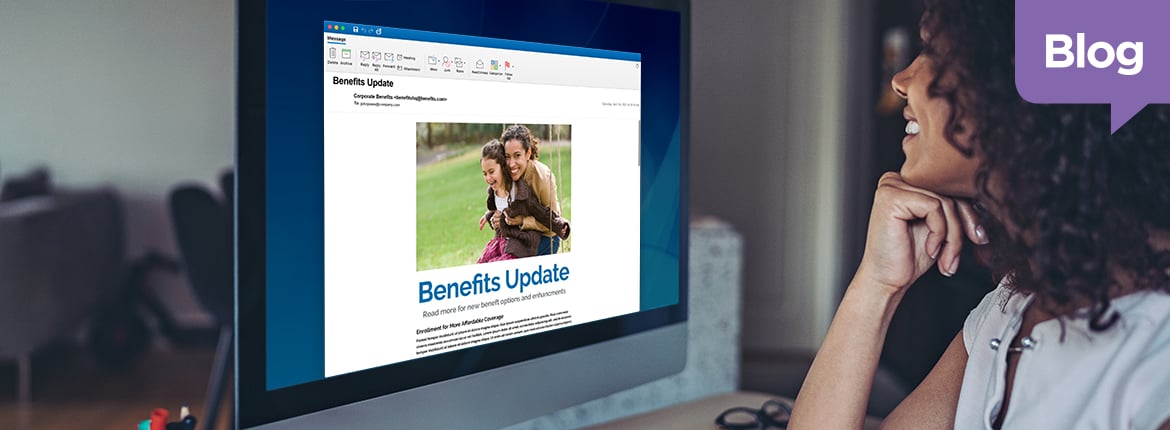
5 Best Practices for Communicating About Employer Benefits
CoAdvantage- When it comes to communicating about benefits, employers aren’t always the best. A survey from Health Advocacy, a health advocacy and concierge company, found that nearly half (41%) of employees report that benefits communication is too infrequent.
Furthermore, the survey revealed a discrepancy between HR managers and employees in perceptions about the frequency of benefits communications.
This kind of knowledge gap can have significant ripple effects. Good benefit programs should help to attract and retain the best workers, but if employees don’t understand how great they are, the benefits won’t be as attractive or impactful as they could be. Worse, if employees don’t understand how their benefits work, they may end up making choices that aren’t right for them, fostering frustration and dissatisfaction.
Here are five best practices for effective communication related to benefit plans and programs.
1: Keep it simple.
Simple and clear trumps everything else. Use understandable language, not jargon that may be unfamiliar to workers. Even terms that are everyday words for HR people – think “co-pay” and “co-insurance” – may not be clear to employees. What does the “co” mean? Who’s paying for what exactly? You know the answer, but do your employees?
2: Know your audience.
Figure out your workforce’s priorities and preferences and cater to them. Personalize communications, if possible. You probably have a lot of data about which employees have or utilize which benefits. Target communications so employees receive the information of most interest to them.
3: Facilitate decision-making, not decision paralysis.
Don’t overwhelm employees with long treatises of complicated information. If you’re throwing a lot of information at them, provide guidance that can help them contextualize and apply the knowledge to their own situation, to make it easy for them to make the right decisions for themselves.
4: Use email.
Health Advocacy’s survey found that 73% of employees prefer being able to speak directly with a person by phone to discuss benefit coverage and cost. Other options include email, webinars, intranet, and mail.
5: Stay abreast of what employees want.
Employers should consider using employee- satisfaction and engagement surveys to figure out if they’re communicating successfully. Such surveys are a good place to start, but employers may need to dig deeper to determine if employees truly understand their benefits, are using them as intended, or if employees have questions or concerns.
CoAdvantage, one of the nation’s largest Professional Employer Organizations (PEOs), helps small to mid-sized companies with HR administration, benefits, payroll, and compliance. To learn more about CoAdvantage’s ability to create a strategic HR function in your business that drives business growth potential, contact us today.